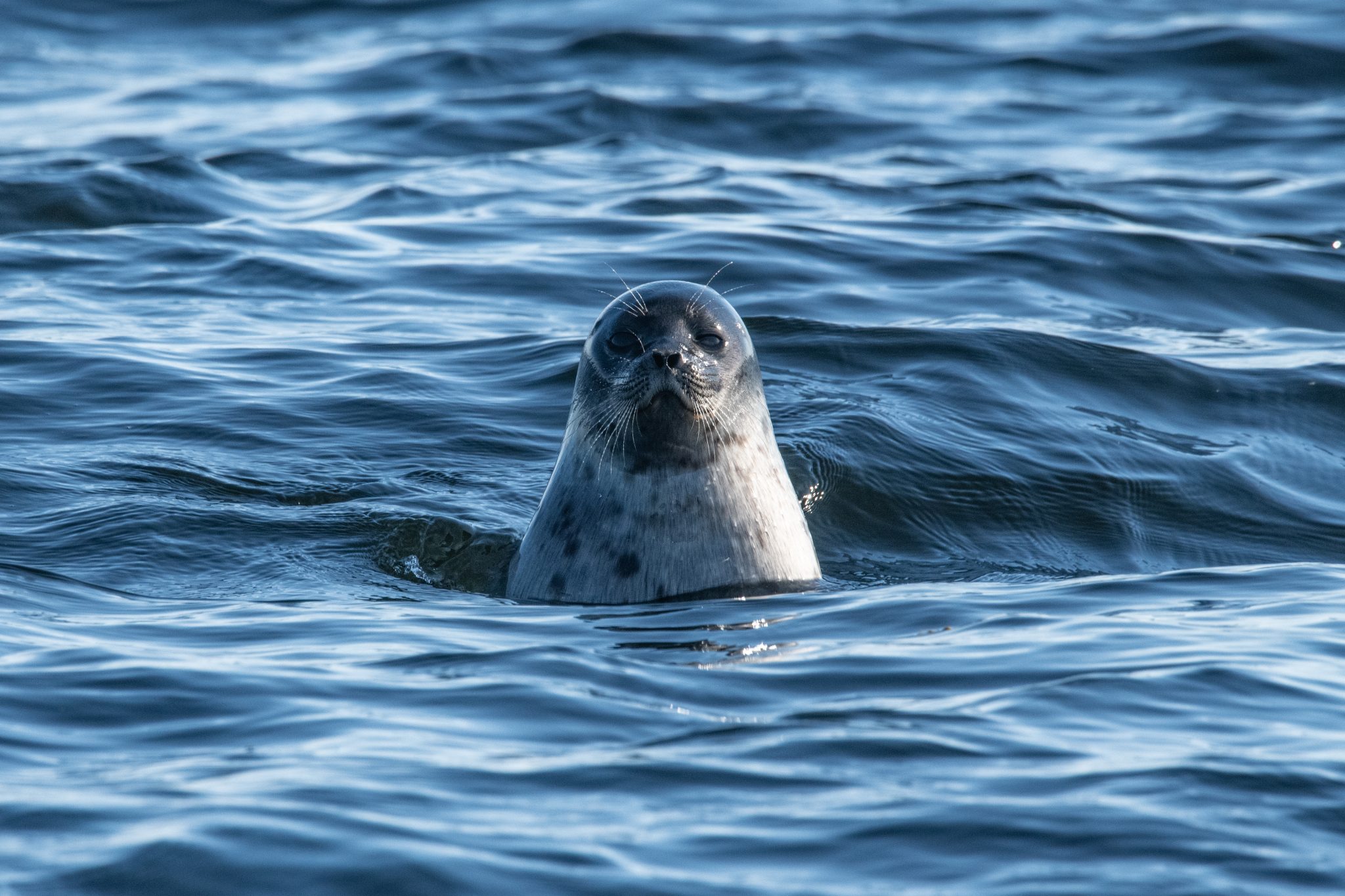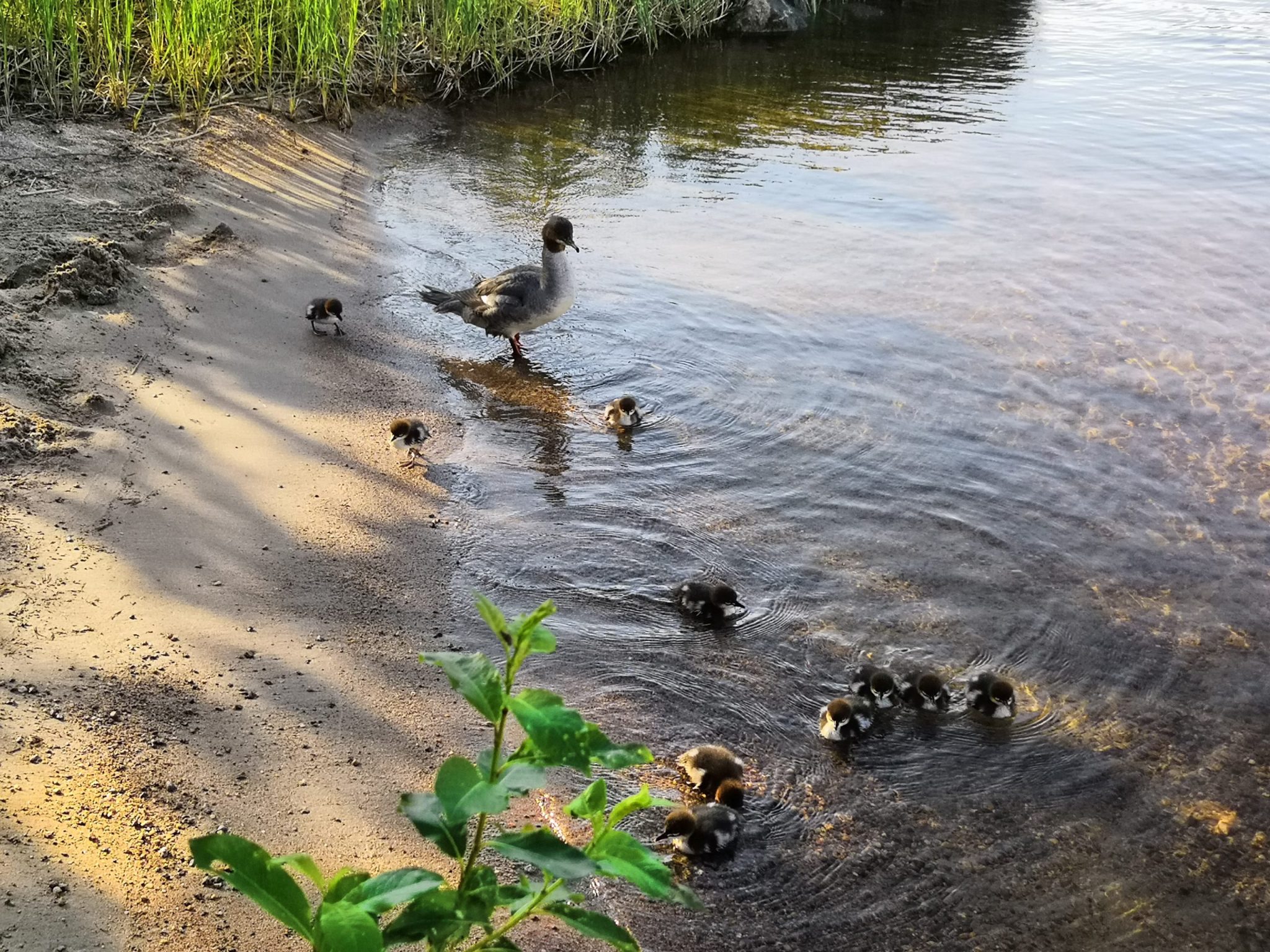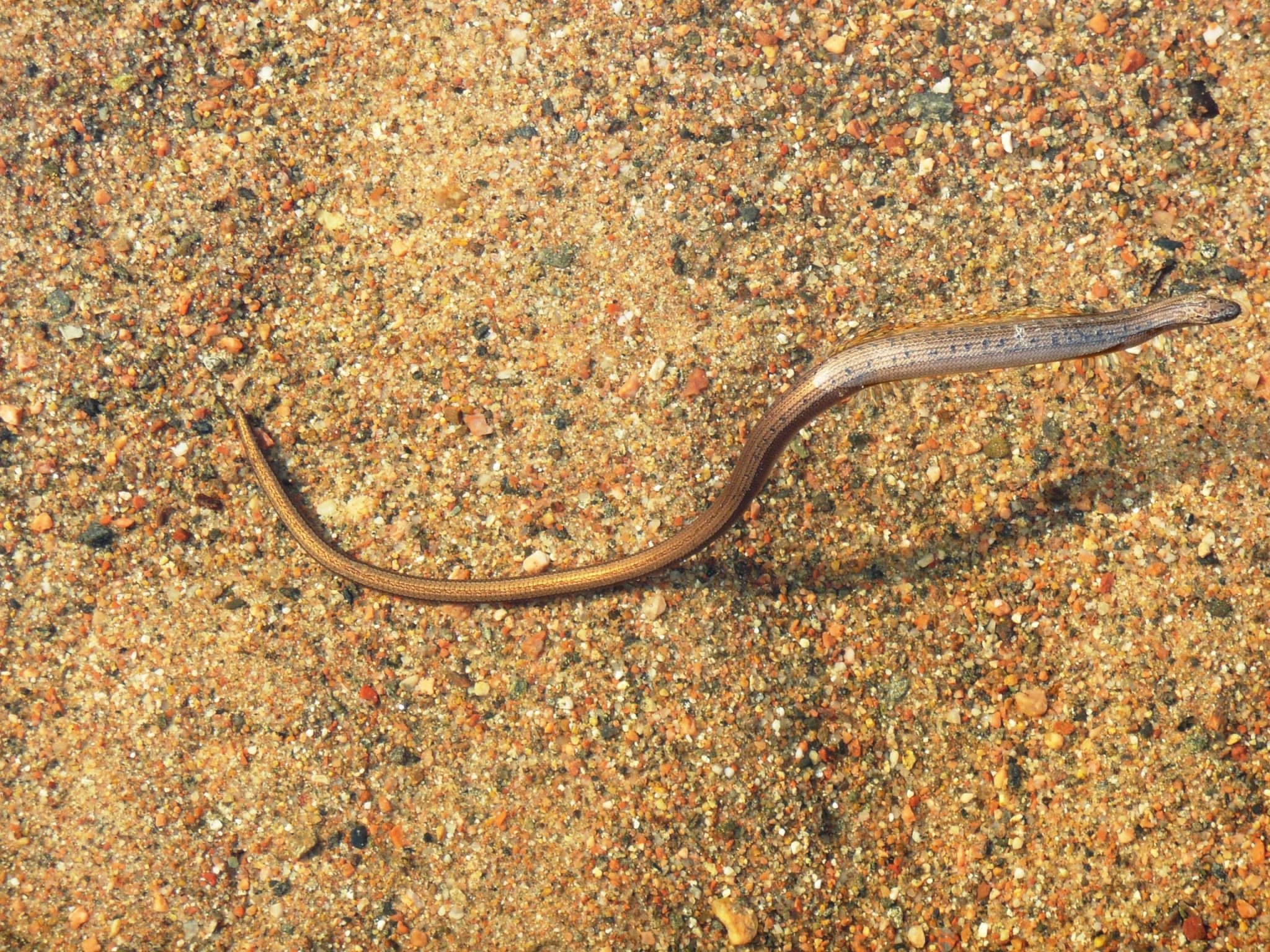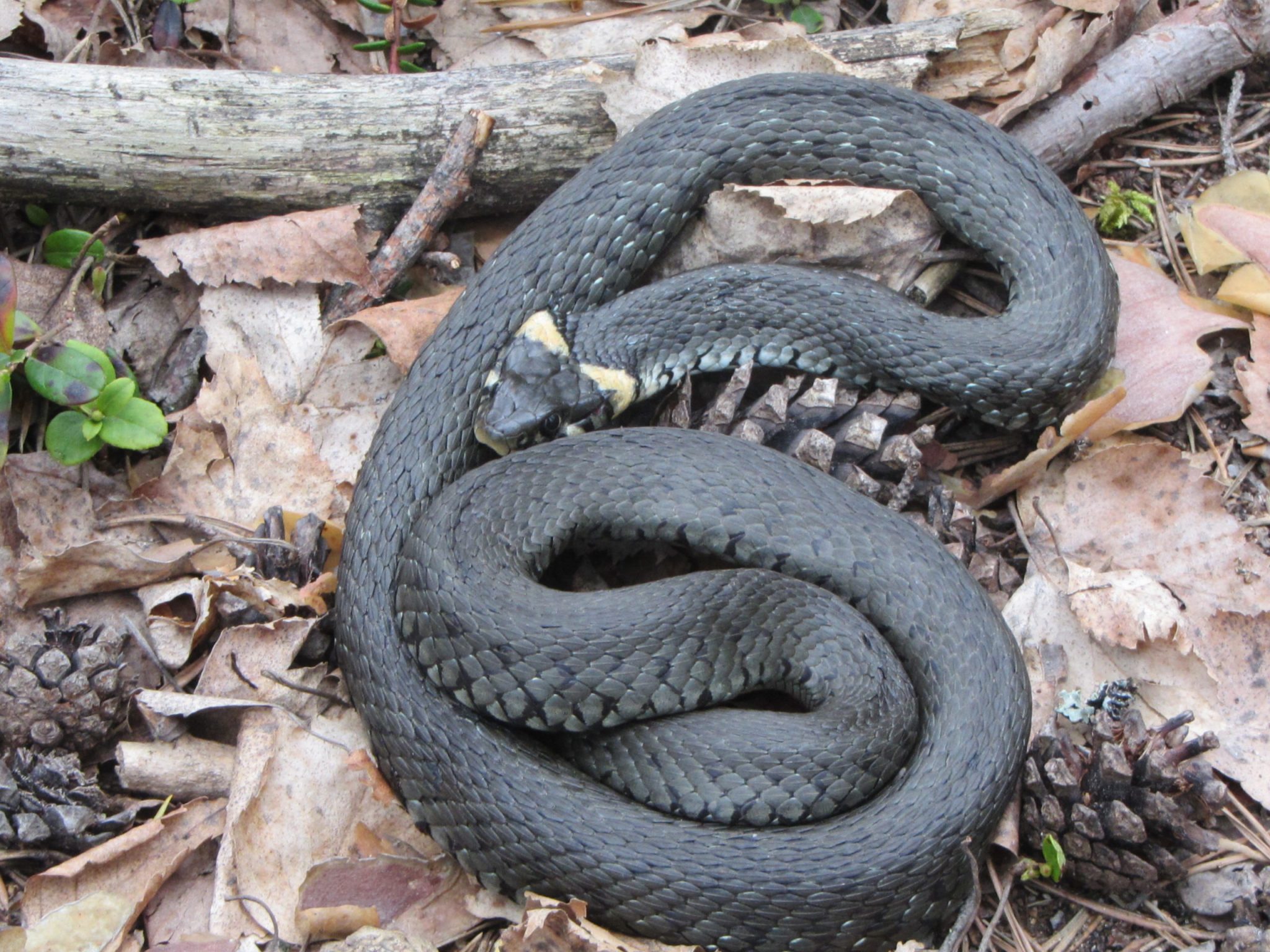the lake Saimaa area has been inhabited for thousands of years
Fauna
The fauna commonly found near the waters of the Saimaa Geopark area is comprised of backwater species. Birdlife of the area consists of the black-throated loon (Cavia arctica), mergus (Mercus) and laridae (Laridae) for example. Also in the last few years whooper swans (Cygnus Cygnus) have increased in particular. Multiple ospreys (Pandion haliaetus) nest in the area as well. The Eurasian hobby (Falco Subbuteo) nests near the sparse pine forests of the shores and islands. On the cliffs, the endangered Eurasian eagle-owl (Bubo bubo) can be found as well. The smaller bird species include Southern Savonia’s province bird, the Eurasian golden oriole (Oriolus oriolus) for instance.
The area is the breeding ground of the extremely endangered Saimaa ringed seal (Pusa hispida saimensis). The Saimaa ringed seal is a subspecies of the ringed seal and it is only met in Finland. It is a relic that got surrounded at Saimaa due to the post-glacial rebound after the last ice age ca 8 000 years ago. The Saimaa ringed seal is the only native mammal of Finland. With successful preservation procedures, the number of Saimaa ringed seals has doubled within the last two decades. At the moment, there are approximately 400 Saimaa ringed seals, of which 100 live in the Geopark area. Other mammals that inhabit the waters include for example the otter (Lutra lutra).
The most significant game animal in the area is elk (Alces alces). The elk population is a least-concern species and highly profitable. Elk are great swimmers and can swim to islands that are kilometers away from the shore. The elk has appeared extensively in Finnish culture ever since prehistoric times. In fact, 30 percent of Finnish rock paintings consist of images of elk. In Finnish folk poetry, “Hiisi’s Elk” is a strong and fast elk that is almost impossible to catch.
The white-tailed deer (Odocoileus virginianus) and the European roe deer (Capreolus capreolus), who have both benefited from the small amount of snow during the last few winters, inhabit the area as well. Also, the wild boar (Sus scrofa) is constantly spreading to the area across the border from both Estonia and Russia.
Of the great beasts, the bear (Ursus arctos) population is the most prominent in the area. Also, the lynx population is stable (Lynx lynx). In addition, wolves (Canis lupus) and wolverines (Gulo gulo) are encountered occasionally, while the eastern species are represented by the Siberian flying squirrel (Pteromys Volans) and the white-backed woodpecker (Dendrocopos leucotos).
The Saimaa Geopark fish population includes the extremely endangered Arctic char (Salvelinus alpinus) for example. The species breeds naturally only in Kuolimo. Other endangered species of the area include the vulnerable Coregonus lavaretus and the near-threatened brown trout (Salmo trutta). The landlocked salmon (Salmo salar m. Sebago), has been categorized as extinct in the wild since its population relies on fish stocking.
Walking with mammoths
As examined from the pollen and remnants of plants found from ancient sediments, during the warm interglacial period, the Eemian, which occurred between the last two ice ages approximately 130,000–120,000 years ago, the flora of southern Finland was quite similar to that of current Central Europe, and the coniferous forests extended all the way to the Arctic Sea. Thus, the Eemian fauna must have been at least as diverse as today. In fact, the Eemian fauna included large, exotic mammals such as the forest elephant, the Irish elk (also known as giant deer), the woolly rhinoceros and the European cave lion.
In Finland however, the ancient ice sheet eroded and rummaged the surface of the terrain for tens of thousands of years in a way that most evidence of prehistoric animals was destroyed. Some evidence has however been found, most commonly teeth and bone fragments of mammoths. During the Weichselian glaciation, Finland had warmer, interglacial periods lasting for thousands of years, so it was by no means covered with ice the entire time. It is likely that during these interstadial periods, mammoths have roamed the bare steppes of the front of the glacier.
An extremely rare organic lacustrine deposit has been found in Sokli, eastern Lapland, that contains fossils of plants as well as teeth remnants of the Norwegian lemming for example, that are approximately 94,000 years old. In addition to these findings, with the exception of a single piece of deer antler and the remains of a beaver dam that possibly dates back to the Eemian, other findings of fauna from the time before or during the ice age have not been found in Finland. Plenty of evidence of the large mammals has been found in Denmark and Norway however, so it is safe to assume that mammoths have probably been a part of the fauna of southern Finland as well. Still, for now, concrete evidence is lacking.
After the ice age
As the glacier melted and flora occupied the land area in Finland, also the first animals and eventually the human arrived approximately 11,000 years ago. Finnish archaeological research of fauna is especially challenging since the soil is highly acidic, so much so that even bone cannot withstand it for thousands of years without decomposing eventually – with the exception of burnt bone. Fortunately, the ancient Finns have left plenty of burnt bone fragments on their bonfires and hunting grounds. Thanks to these archaeological findings, the early fauna of the Finnish postglacial period is quite well recognized.
Based on the bones found on the oldest living sites, the most common game animals have been elk, beaver and seal, but also deer, rabbit, fox and marten have been hunted. Elk is one of the most prominent images found in the cave paintings of southeastern Finland, signifying its importance as a game animal in the Saimaa area during the Stone Age. Also, the beaver population was extremely abundant. Beaver was, in fact, one of the most important game animals from the prehistoric era all the way to the 1800s, when it was hunted to extinction. The earliest domesticated animal was the domestic dog, which arrived along with the first humans. The dogs resembled that of today’s spitzes and the Finnish Lapphunds. The most hunted bird of the early Stone Age was the loon, whereas inland the most commonly found remnants belong to grouse.
Bear and squirrel arrived in the area, probably due to the incipient interglacial period that increased the number of mixed forests, at the beginning of the Litorina period approximately 9,000 years ago. The earliest signs of the otter also date back to this era. The significance of bird hunting seems to have emerged ca 6,000 years ago, and grouse bones became more prominent in archaeological findings. All in all, the fauna grew more diverse during the interstadial period of the Litorina period. The forest fauna did not change much during the Stone Age, however, the wild deer seems to have vanished entirely. The population of Finland decreased drastically during the late Neolithic period, which was, according to some scientists, a consequence of excessive hunting.
Ringed seal, a relic from the ice age
There are at least a few species in the waters of the Saimaa area that are considered a relict. Relict is a biological concept meaning a population that has previously been widespread, but currently, due to environmental changes, only occurs in a relatively small area. The most known relictual population of the area is undoubtedly the Saimaa ringed seal. The ringed seal was the first aquatic mammal of the northern Baltic during the final stages of the ice age. The ringed seal is highly adaptive, indicated by its ability to withstand the changes between the fresh and saltwater in the ancient Baltic Sea. When the edge of the glacier covered the current Saimaa area, most of the dry land area was covered with the Baltic Ice Lake. The post-glacial rebound and gradual descending of the sea led to the isolation of Saimaa, and it formed into an independent lake approximately 11,000 years ago. At this point, the local Baltic ringed seal population became isolated in the waters of southeastern Finland. It is also possible that at the time, the ringed seal occurred in a more widespread area in the inland lakes of Finland as well. Other relictual species found in the waters of Vuoksi are lake salmon, fourhorn sculpin, isopod and white amphipod, for example.



